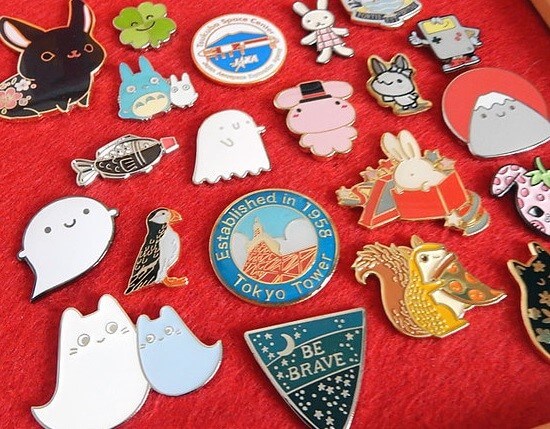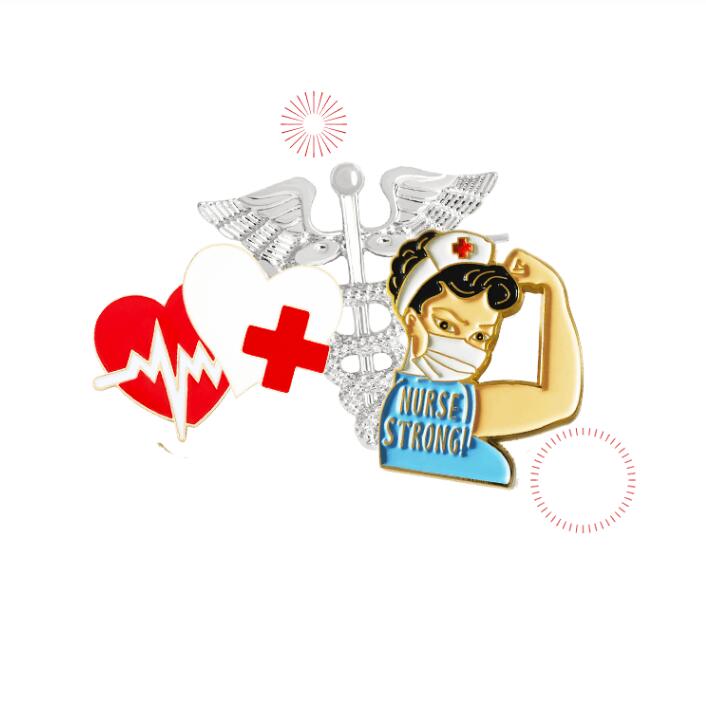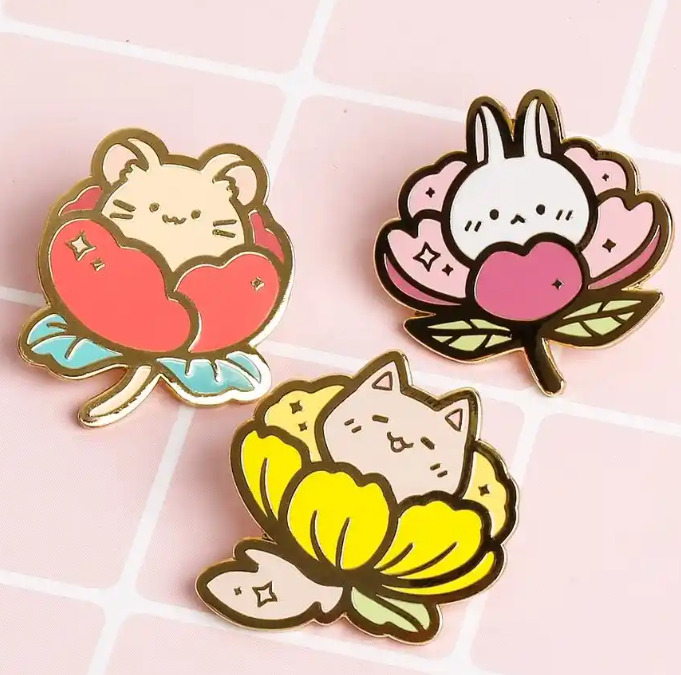Introduction
Do you wish you knew of a way to sell enamel pin in Kickstarter and make good money embroidery? Starting a Kickstarter campaign can, of course, be a bit scary, but we are here to make it less of a burden for you. Starting this campaign can be a useful method to fund your enamel pin project and give your brand the exposure it needs to fit in your goals. In this post, we’ll look into the steps you would need in order to attain a successful Kickstarter enamel pins campaign. Let’s get right into it.
Photo by Linda Martin from Vivipins
Be Ready For Your Campaign
To start up your Kickstarter campaign and attain success, you would need careful planning and preparation. Take a moment to lay a strong foundation for your Kickstart campaign to enhance your chances of success. Let’s take a look at some sections you would need to focus on during your planning phase:
-
Niche Research
Before launching your campaign it's important to have an understanding of your field. Delving deeper into your niche can assist you in determining the products to offer and the optimal ways to connect with your target market. Identifying your customers and recognizing their preferences regarding styles, colors and visuals is key.
Drawing a picture of a typical customer can help you learn more about your audience and make designs that fit their tastes.
-
Convert Your Designs Into Pins
This is the next step after you’re able to identify your niche and have a clear vision for your enamel pin designs. The time to bring them to life is now. While it’s not really wise to produce your pins in large quantities before launching your Kickstarter campaign, having one or two of your products in hand can significantly impact your campaign's appeal. Physician photos of the pins are more attractive to the audience and will likely attract pledges from them. It would be nice if you could take photos of your products in places and environments that reecho with your target demographic.
Photo by charan sai from Pexels
Keep Track of Your Finances
Are you still interested in making good money with Kickstarter? Then you have to know how your finances work. You need to set realistic expectations and goals for your Kickstarter campaign. Let’s take a look at some of the key elements you should consider;
-
Design Costs
You should know about the costs that come with designing your pins. If you make the pins yourself, you probably won't have to pay for design, right? But if you do decide to hire a skilled designer, you should plan your budget around these costs.
-
Production Costs
Once you are now sure what your designs will look like, make calculations about the production costs of your enamel pins. Make use of pricing tools available from manufacturers to evaluate the manufacturing costs based on the quantity of pins you plan to produce. You should think about different situations to make the right decisions when setting your Kickstarter campaign goals.
-
Shipping Costs
Always include the shipping cost to the list when planning your Kickstarter campaign. Since enamel pins are typically compact and lightweight, it makes it relatively easy to calculate shipping costs. When aiming to achieve your campaign objectives consider factors such as the pins weight, packaging materials, shipping options and destination locations.
-
Other Costs
Consider any extra costs that might come up during your campaign. I would like to call it Miscellaneous. This can range from paid ads or advertising efforts. Always keep in mind that Kickstarter takes a cut of the money you raise as a platform fee, so add that to your cost estimates.
Photo by charan Sai from Pexels
Setting Realistic Goals
You should be ready to give in all your best for your Kickstarter campaign. Always make sure they are in line with your profit margins. Setting a fair price for your product will make it easily possible for you to get backers and hit your funding goal. You might want to use "stretch goals" to get backers to give more money by providing rewards, extra features, or enhancements
When you set your goals, remember to always be humble. With a fair price, you would be able to meet your goal and get the money. Keep in mind that Kickstarter isn't just a way to make a lot of money. It's more of a way to get people interested in your product and help it grow, at the same time, make a lot of money.
Promote your campaign
Once your campaign is up and running, you can start promoting yourself. This could be the hardest part of all. You will be in charge of making sure your campaign works. Some people will find your Kickstarter campaign on their own - this is called an organic campaign.
However, sharing it on social media is very important for its success. You don't want to look like a spam bot, though. People will quickly get tired of seeing the same picture or text that you share over and over again. You need to make sure that your posts are deep and interesting. You can make content that your backers will want to share with their own fans by telling them that you have almost unleashed a stretch goal. This could be showing photos of your first idea or behind-the-scenes content, or even making a video.
Conclusion
Launching a successful enamel pin Kickstarter campaign needs a clear understanding of one’s target audience. By carefully observing the steps outlined in this article, you can stand a higher chance of funding your project and bringing your customers the enamel pins they all deserve.
Reference:
-
“How to Sell Enamel Pin in Kickstarter and Make Good Money?” Vivipins.com, vivipins.com/enamel-pins-kickstarter/.
-
“How to Launch a Successful Enamel Pin Kickstarter Campaign.” Custom Enamel Pin Manufacturer-Blythepin, blythepin.com/how-to-launch-a-successful-enamel-pin-kickstarter-campaign/.
-
“The Ultimate Guide to Creating Your Own Enamel Pin Kickstarter.” Www.stadriemblems.com, www.stadriemblems.com/blog/crowdfunding/.
-
“Interested in Starting an Enamel Pin Kickstarter! Where Should I Start?” 15 Mar. 2022, www.reddit.com/r/pinprojects/comments/tebjj2/interested_in_starting_an_enamel_pin_kickstarter/.
-
View. “HOW I ACHIEVED MY KICKSTARTER GOALS.” Enamel Pins | Stickers | Fuse Beads, Enamel Pins | Stickers | Fuse Beads, 10 Nov. 2017, piercepopart.wordpress.com/2017/11/10/how-i-achieved-my-kickstarter-goals/.
Awesome! Share To :
Receive our news



